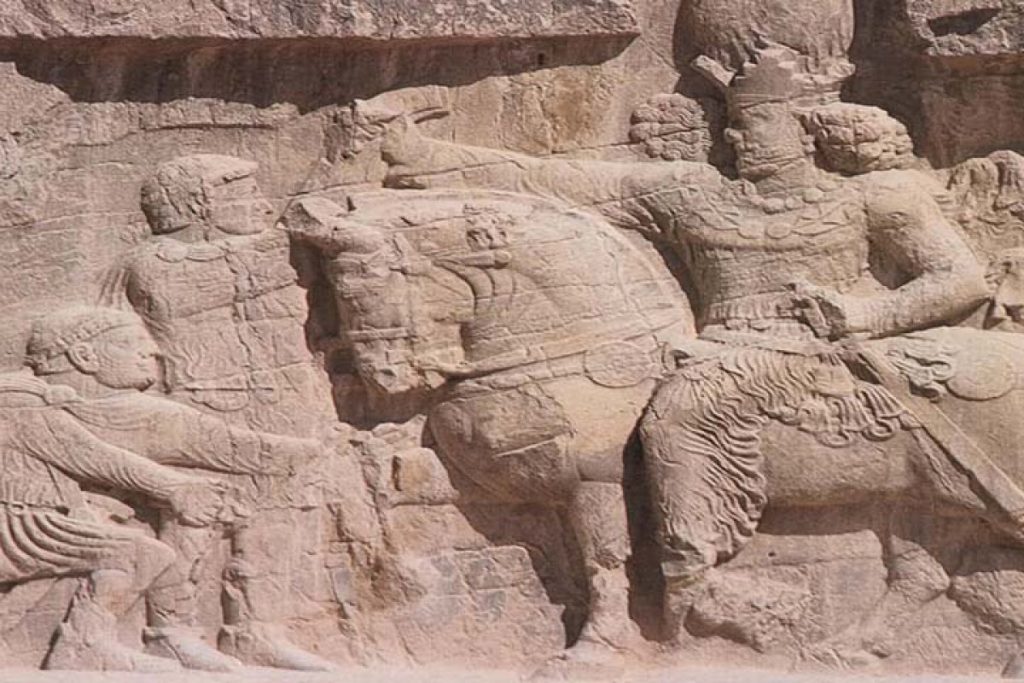interest in the ancient
In Iran, interest in the ancient past of the country grew during the nineteenth century. The Qajar monarchs appropriated Achaemenid or Sassanian elements into their visual culture, commissioning or carrying out excavations (Abdi 2001; Baygdilû 2001; Grigor 2007; Scarce 2006).
In the same period, European philologists put Iran at the root of the Indo-European language tree, developing racial and linguistic theories concerned with the question of “origins” (Anidjar 2008; Morpurgo Davies 1998). More and more, travelers described ruins and monuments, made drawings that were published as prints and took photographs.
thinking about Iran and Islam as separable
Archeologists began expeditions and digs (Sancisi-Weerdenburg and Drijvers 1991).According to Tavakoli-Targhi (2001), these activities intersected with translations and circulation of texts from India to Iran. Parsi scholars and British orientalists produced or edited a number of neo Mazdean texts, which found their way to Iran.
These books presented a different conceptualization of the history of Iran and opened a discursive space for thinking about Iran and Islam as separable and, eventually, opposite terms. This configuration became the base for the future articulation of an Iranian nation refashioned in racialized terms, reclaiming an “Aryan” race and a purified Persian language free of Arabic.
Talinn Grigor
Talinn Grigor (2007) argues that in the late nineteenth and early twentieth century these reconfigurations became relevant in the architectural and visual domains. Iranian architects and intellectuals revived Iran’s pre-Islamic heritage in conjunction with European debates on the origins and location of the Western architectural canon. Grigor quotes in passing Âsâr-i ‘Ajam as one of a growing number of books that were instrumental in fostering interest in ancient ruins at the Qajar court as well as among the reading public.
These publications and the ensuing architecture they inspired selectively appropriated European arguments about the Aryan origins of architecture to construct a secularist, modernist and racially based aesthetic that heralded the cultural superiority of the Iranian nation.

Grigor reveals how this generation of reformists produced a hybrid style: an assertion of a self-fashioned universalism and a response to colonial encroachments. Her argument pushes for a reconsideration of questions of influence towards a consideration of the “multiple tactics of resistance to and transformations of the appropriated origina.
They also show that culture itself operates on the interplay of sameness and difference, which necessitates formal exchange” (Grigor 2007: 586). Âsâr-i ‘Ajam can be considered as one of the first works in Iran to discuss systematically the Achaemenids, prefiguring their reappropriation in the twentieth century.
However, a close look at the book reveals an exploratory approach, not yet enveloped in that search for origins and authenticity that will produce a rigid and exclusionary bipolarism between Iran and Islam, the nation and religion. In this sense, Âsâr-i ‘Ajam invites us to consider how the growing bifurcations between the East and the West, Islam and the nation were also terrains of experimentation for new sensibilities towards the past, developing out of aesthetic as well as historical concerns.

